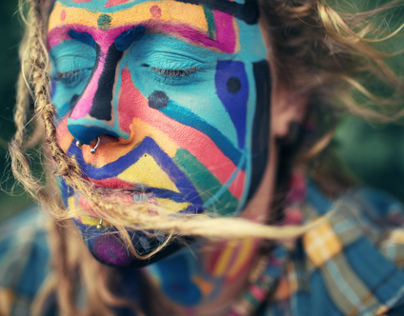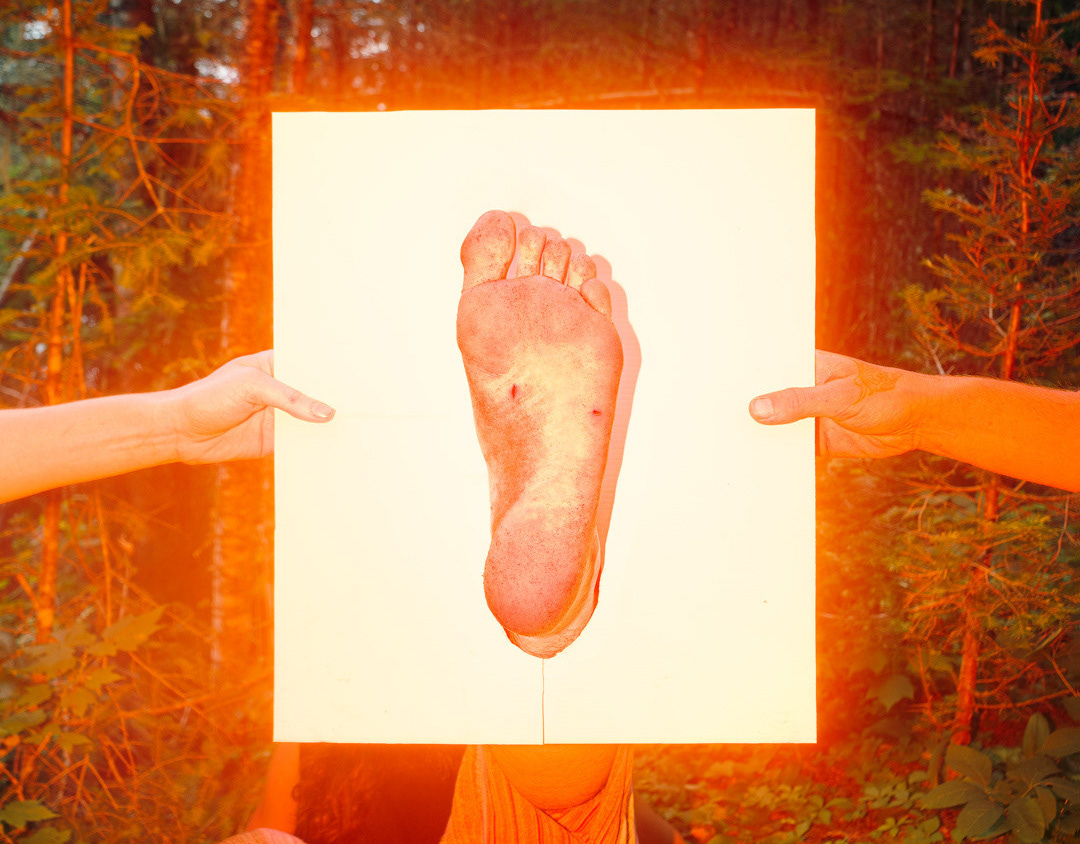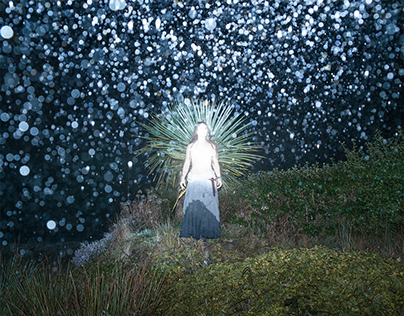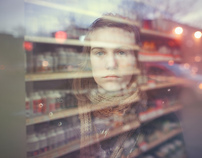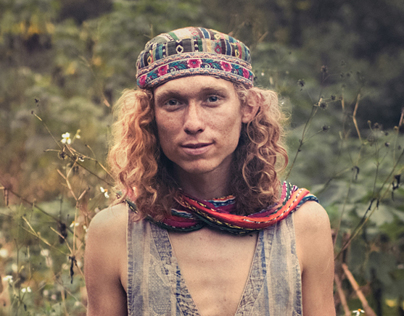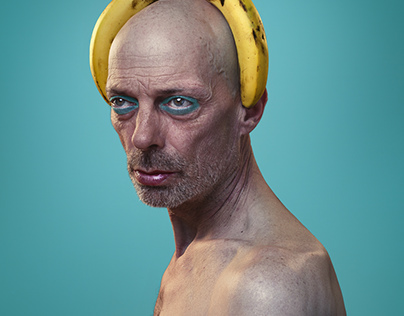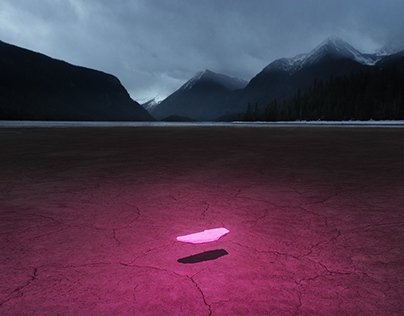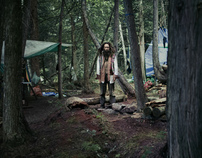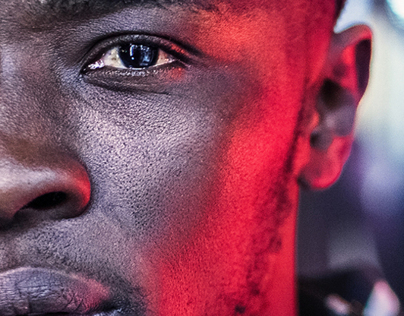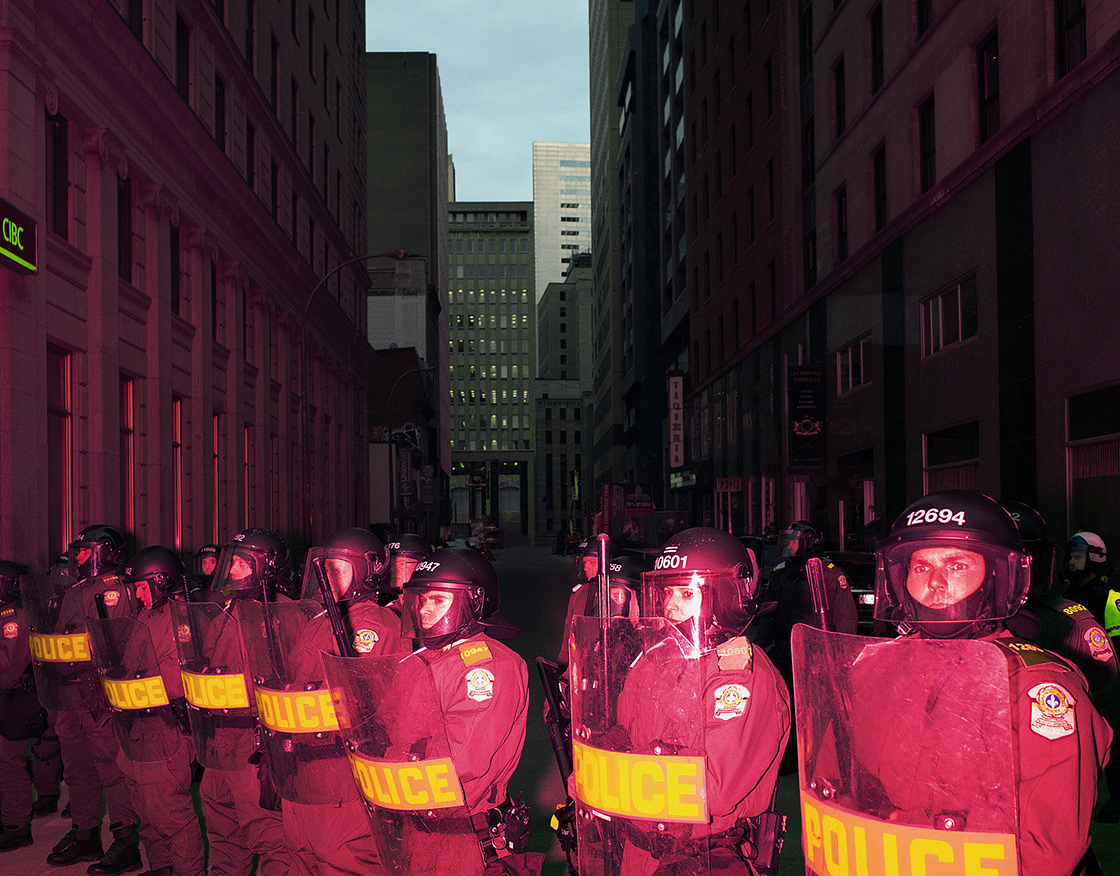«A simulacra is an object that does not refer to any underlying reality, but claims to be this reality itself.»
Jean Baudrillard
The photographic performance of this project is to overlay a material reality with a virtual one, erasing the border between the two worlds. It is a response to the proliferation of visual projects that take place in virtual spaces. It is a questioning about the notion of border and territory. A mix of two distinct realities into a single image. I want to show that we can use a virtual space in conceptual photography and approach these areas with the same sensitivity as the physical space.
Through my wanderings in the game, I observes the surrounding elements with the same look that I uses in my artistic practice in the real world. I strives to demonstrate that photography is not a reality but a means to disclose a tiny part of our vision and perception of the world around us, and to show dissolution/fusion of phenomenal reality within virtual worlds.This series is also a response/adding to the proliferation of visual projects that take place in virtual spaces. It is a questioning about the notion of border and territory
Using my DSLR, I takes screenshots\photography of my wanderings in the game. Places of interest are marked and located on the map using the game’s GPS system. I would often return in a given virtual location, depending on the light or time of the day, color, and weather. It is processed and developed in Lightroom , using a method identical to that used for my other projects. Then comes the reflective stage, to calculate the right angle, the right light at which to put an arm holding a camera in his hands in the picture.
They are gamers’ arm, and self-portraits this add a new perspective and a additionnal “mise en abyme “.
Then I needs to take a picture of a pair of hand form a person mimicking the action of taking the photograph that was originally taken in GTA. The hands are lit in a studio environment, the same way they would be if the person had been present at the same stage in the game (with the same atmosphere, the same shadows and colours, etc.). The real light adds to the artificiality of the subject: the medium through which reality is transformed is once again light. The final step is to assemble the images from both worlds into a single picture.
Through this creative process, within the virtual environment built by a private video game company, I ask questions about the legitimacy and the authorship of artwork created this way.
( other way to think : Through my creative process, within the REAL environment created by mother earth, I ask questions about the legitimacy and the authorship of artwork created this way. I mean I don’t create the nature, what about the authorship of a landscape? I create noting, I only take decision: framing, time, location, weather, time of the day, etc. so I make the same in the game (except more boring and long than in real life).
Also during the project I ask myself a lots of question about the possible disappearance of the photographic medium as we know it. Our environment tends to be more and more dematerialized, workspaces are now to be found in the Cloud, relationships and social exchanges take place increasingly in virtual networks , while gamers compete on online networks .
PRINTS
24x30po ed.7
48x60 ed.3
INFO: GBUFFER@MSN.COM
«Un simulacre désigne une apparence qui ne renvoie à aucune réalité sous-jacente, et prétend valoir pour cette réalité elle-même.» Jean Baudrillard
Benoit Paillé explique comment il en est arrivé à se questionner sur les différentes formes de réalité par rapport à son évolution en tant que photographe. Cette série photo est une réponse à la multiplication des projets visuels qui ont lieu dans des espaces virtuels. C’est un questionnement sur la notion de frontière et de territoire.
Dans la performance photographique du jeu GTAV, Benoit Paillé s’efforce de démontrer que la photographie n’est -d’après lui- pas une réalité, mais un moyen de divulguer une infime partie de notre vision et perception du monde qui nous entoure, et de montrer la dissolution/fusion de la réalité sensible à l’intérieurs d’univers virtuels.
« Avec ce projet, je veux mêler deux réalités distinctes en une seule image. Je veux montrer que l’on peut utiliser un espace virtuel dans la création photographique et approcher ces espaces avec la même sensibilité que les espace matériel. Les visions du monde virtuel que je veux montrer sont les mêmes que celles du monde réel : je ne crois pas que la photographie soit un médium de retranscription du réel, mais plutôt un outil de création pure afin d’exprimer une vision du monde»
La performance photographique de ce projet consiste à superposer une réalité matérielle et une autre virtuelle en en gommant la frontière entre les deux mondes. Au travers de son errance au sein du jeu, Benoit observe, regarde les éléments qui l’entourent avec le même regard que celui issue de sa pratique artistique au sein du monde réel. Du spectaculaire au banalement beau, ce qu’il juge intéressant est approché, cadré et photographié avec la même spontanéité et même rigueur. La contrainte principale étant de traduire ses visions par une vue à la troisième personne et ainsi de bien positionner son personnage et attendre le bon moment pour photographier.
Benoit Paillé a mis au point une méthodologie et un processus de création au sein de cette série. Il a photographié avec son reflex numérique l’écran de son téléviseur pendant son errance au sein du jeu. Les endroits dignes d’intérêt sont marqués et localisés sur la carte à l’aide du GPS dans le jeu même. Il lui arrivait souvent de revenir sur un lieu donné à un autre, en fonction de la lumière ou de la température des couleurs.
Les photos sont alors transférées sur son ordinateur. Elle y est traitée et développée sous Lightroom, suivant une méthode de travail identique à ses autre projets. Vient ensuite l’étape de réflexion, visant à calculer le bon angle avec les bonnes lumières en vue d’insérer un bras tenant un appareil photo en mains au sein de l’image. C’est aussi des bras de gamers, et des autoportraits.
Ensuite il faut photographier les mains d’une personne mimant l’action de photographier la photographie de ce qui a été photographié dans GTA. Les mains sont éclairées en studio, de la même manière qu’elles le seraient si la personne avait été présente dans cette même scène au sein du jeu (atmosphère, direction des ombres et des couleurs, etc.). La lumière bien réelle vient ajouter de l’artificialité au sujet : le support de transformation du réel est ici encore la lumière. La dernière étape consiste à assembler les images provenant des deux mondes en une seule et même photo.
Par ce processus créatif au sein d’un environnement virtuel construit par une entreprise de jeu vidéo privée, Benoit Paillé questionne sur la légitimité et la paternité des œuvres créées. Cette série photographique pose la question sur la possible disparition du medium photographique tel que nous le connaissons. Notre environnement tend à se dématérialiser de plus en plus, les espaces de travail se retrouvent dans le Cloud, les liens et les échanges sociaux se tiennent de plus en plus au sein des réseaux virtuels, alors que les gamers s’affrontent sur des réseaux online.
